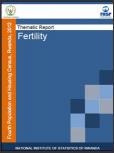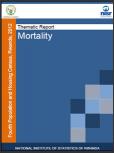RPHC4 Thematic Report: Socio-Economic Status of Elderly People
This thematic report presents findings from the Fourth Rwanda Population and Housing Census (RPHC4)on the characteristics of the population aged 60.
RPHC4 Thematic Report: Socio-economic Status of Children
This report provides a profile of the size and structure of the child population, and examines its socio-demographic and socio-economic characteristics. It also explores the situation of particularly vulnerable groups of children, including orphans and child-headed households.
RPHC4 Thematic Report: Socio-economic Characteristics of Persons with Disabilities
This thematic report presents the findings from the Fourth Rwanda Population and Housing Census (RPHC4) on the characteristics of persons with disabilities under the following three broad headings: (i) the number, prevalence, types, and causes of disability; (ii) the demographic, social and economic characteristics of persons with disabilities; and (iii) the characteristics of household heads with disabilities and the living standards of their households.
RPHC4 Thematic Report: Socio-cultural Characteristics of the Population
RPHC4 Thematic Report: Measurement and Mapping of Non-Monetary Poverty
At national level, 1,050,135 people are found to be severely poor and 2,818,321 moderately poor, so the total number of poor people is 3,868,456. Within the population with sufficient available data this represents 37%.
RPHC4 Thematic Report: Characteristics of Households and Housing
This report focuses on two interlinked topics. On the one hand, it looks at households’ characteristics and, on the other hand, at the characteristics of the households they live in. The report is organised into 10 main chapters, the first two of which provide the reader with an overview of the Census process and the context leading up to the analysis of the Census data and the production of the report. Chapters 3 through 6 review the characteristics of Rwandan households and chapters 7 through 10 review the characteristics of households.
RPHC4 Thematic Report: Population Size, Structure and Distribution
The Fourth Rwanda Population and Housing Census (RPHC4) establish that the population of Rwanda is 10,515,973 residents, of which 52% are women and 48% men. Since the 2002 Census, the population has increased by 2.4 million, which represents an average annual growth rate of 2.6%. Thus, population growth has recovered its long-term rate following the decline in the 1990s, which were marked by the war and the genocide against the Tutsi.
RPHC4 Thematic Report: Migration and Spatial Mobility
whose place of birth is not the same as the current place of residence, and recent migration, i.e. persons who moved to their current district of residence five years or less prior to the Census. The data indicate that migration
RPHC4 Thematic Report: Fertility
The objectives of the present report are to estimate the current levels of fertility, trends over time, geographical and socio-economic variations in fertility in Rwanda. The three main findings of the analysis are:
RPHC4 Thematic Report: Mortality
The objective of the present analysis was to analyse the level, trends and pattern of: (i) mortality among the general population; (ii) early childhood mortality; (iii) adult mortality; and (iv) mortality among the elderly. The main findings is that mortality remains generally high in Rwanda but has decreased substantially over time, especially among children aged 0.

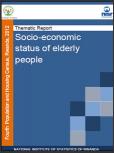
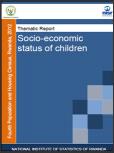
![[title]](https://www.statistics.gov.rw/sites/default/files/styles/pub_small_112x150_/public/publications/15e3284c-3669-4415-9407-4e68e756e084/disabilities.jpg?itok=ufKxOgFM)
![[title]](https://www.statistics.gov.rw/sites/default/files/styles/pub_small_112x150_/public/publications/44f8488f-93f8-4cc6-854b-85cdc01467de/socio_cult_char_pop.jpg?itok=FLLUnS-y)
![[title]](https://www.statistics.gov.rw/sites/default/files/styles/pub_small_112x150_/public/publications/dbbad719-7b6a-41ec-919e-63cb1b8c6707/measurement_mapping.jpg?itok=yFNQEPQw)
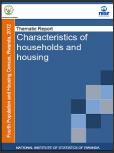
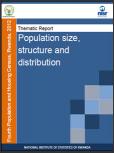
![[title]](https://www.statistics.gov.rw/sites/default/files/styles/pub_small_112x150_/public/publications/38e203c4-2230-476d-81ae-7f8690183b15/migration_spatial_mor.jpg?itok=BuLoptO3)
